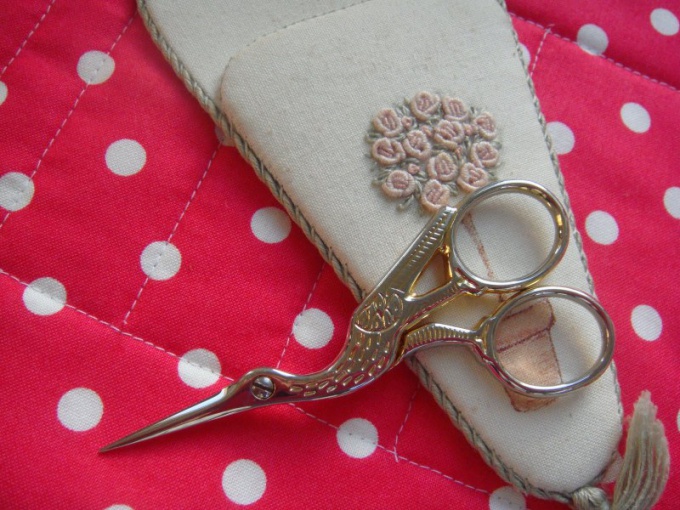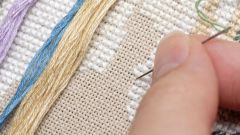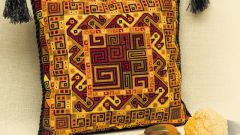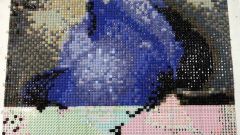You will need
- - cardboard or velvet paper;
- - colored thread;
- - needle;
- - awl;
- - the range;
- a pair of compasses;
- pencil;
- - a pair of scissors.
Instruction
1
As grounds for embroidery, you can use any cardboard or velvet paper. The base should be pretty tight, so that the embroidery does not become tightened.
2
Threads for embroidery can be absolutely any. If you embroider with wool threads, embroidery will become more voluminous, they are good to embroider a larger area. You can also use floss and "iris", and even the usual thread for sewing. If you embroider them, then the picture will be more graphic.
3
Copy any picture to the cardboard. You can transfer it with carbon paper or copy it on tracing paper and then to cardboard, pushing hard on the pencil, so it was left clear of the line.
4
A thick needle or shilom punch holes on the outline of the drawing. Try to keep the distance between the holes was the same.
5
To expedite this work, you can also use a sewing machine. Install the biggest stitch and stitch along the contour. However, we need to have excellent sewing skills, as even one wrong move will bring all your efforts to nothing.
6
There are 2 reception embroidery on cardboard. The first of these is the filling angle. Enter the thread in the first hole at the bottom corner and pull it to the first hole from the top, print the thread on the wrong side and enter the first hole from the corner on the opposite side and pull it to the first hole from the base of the angle of the diagonal. Next, do the same, by entering a needle in the second point, and so on until you fill the whole corner.
7
The second method – completing the circle. Divide the circle into 12 equal parts and make holes with a needle. Place the sutures in the form of an isosceles triangle, connecting opposite points of the circle.
8
In addition, the cardboard can be embroidered and plain ways, that is, stitch, cross, French knot and so on. Combining all these techniques, you can make a very spectacular and unusual embroidery.



